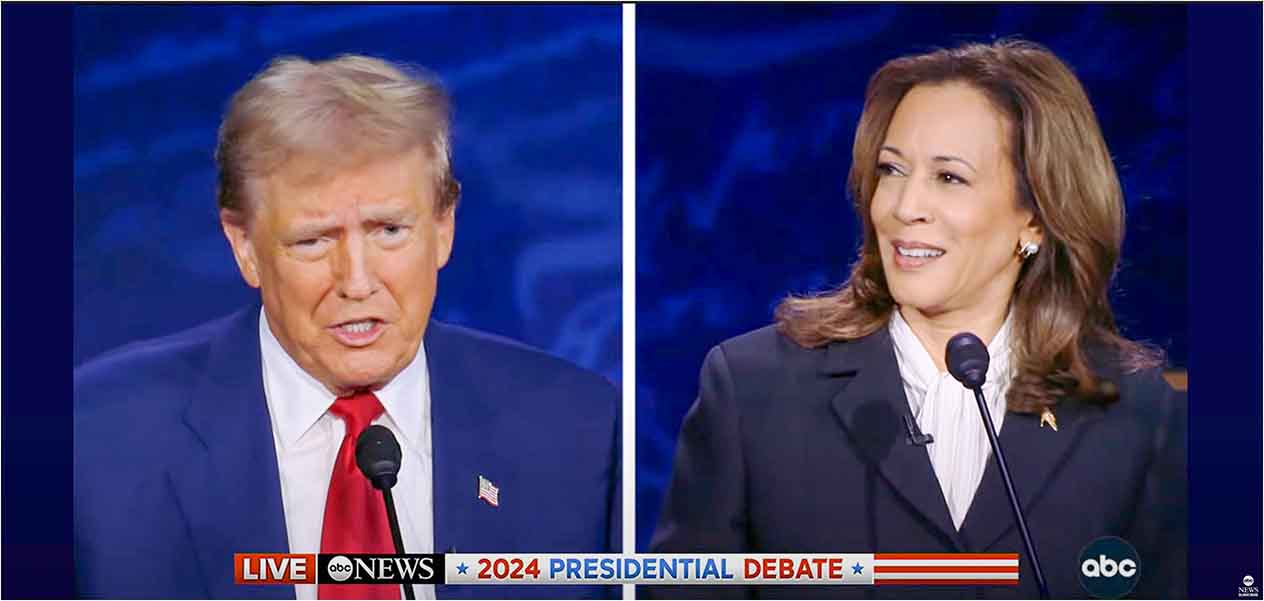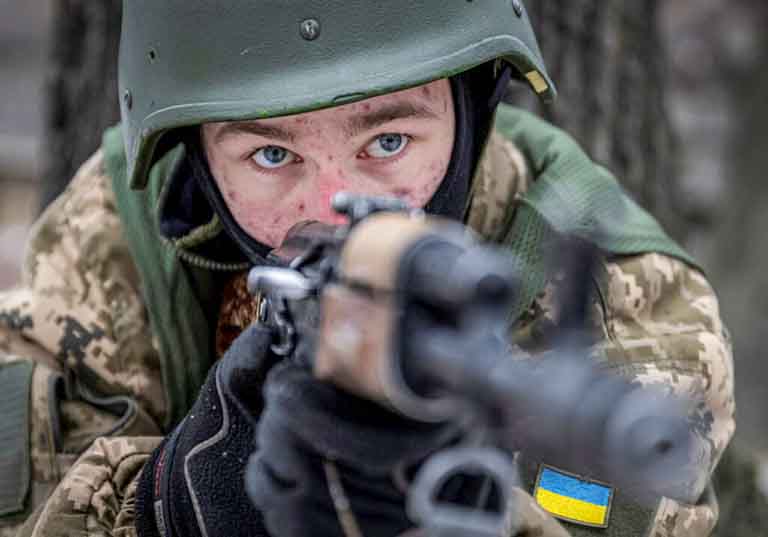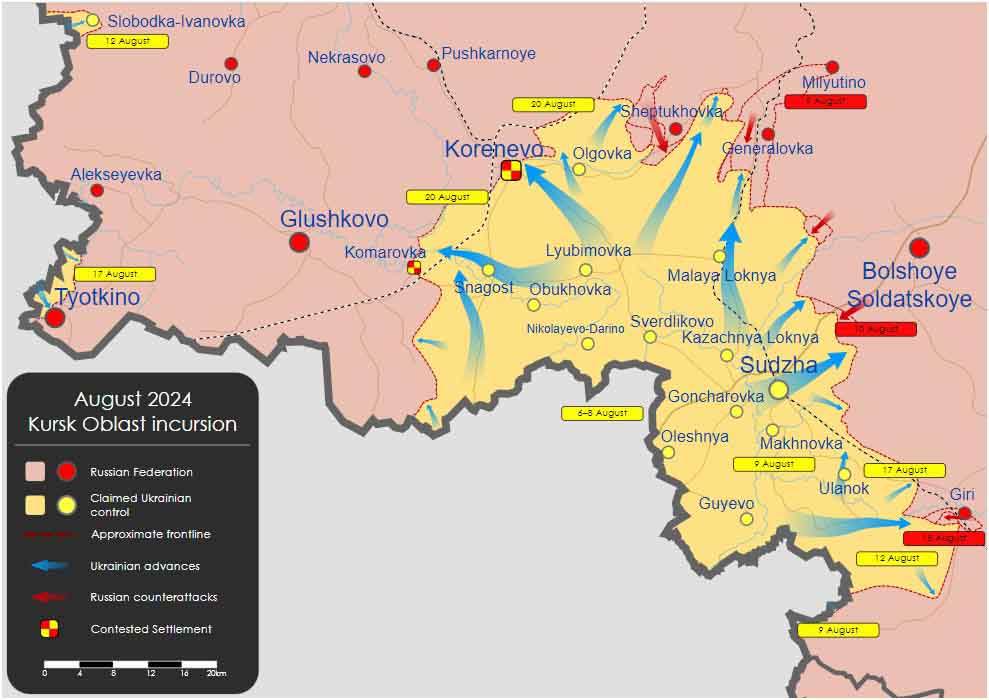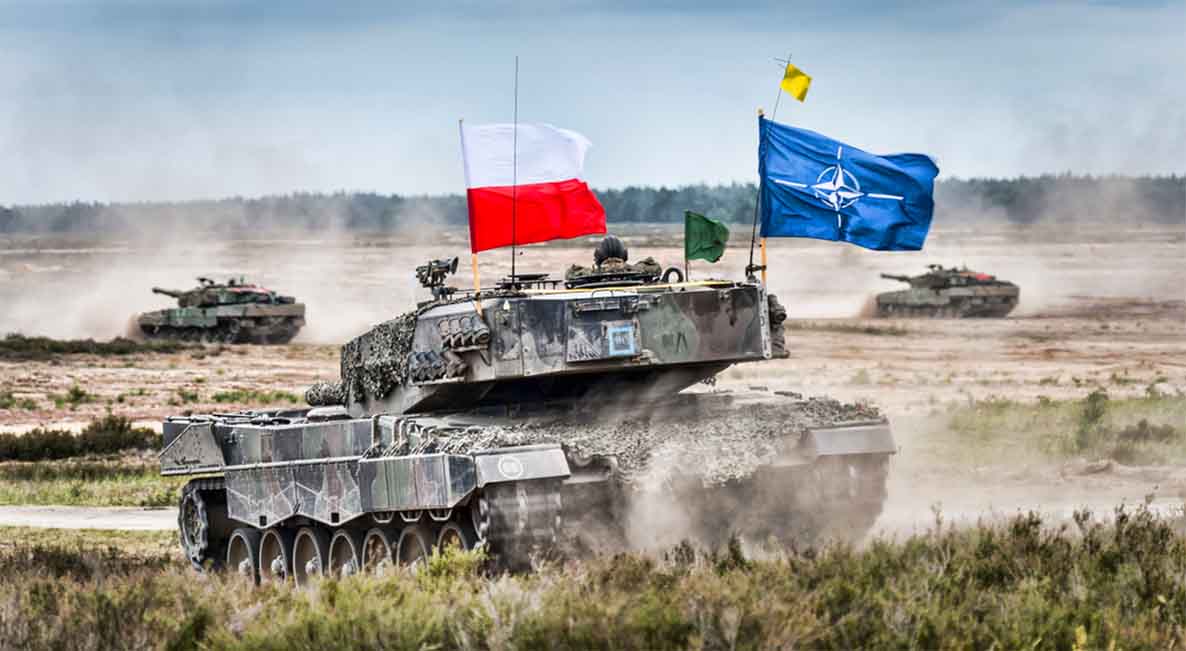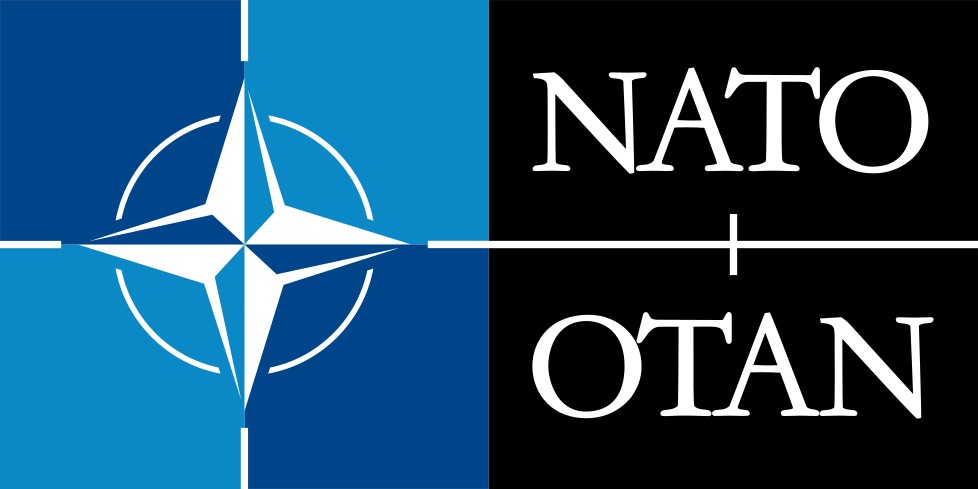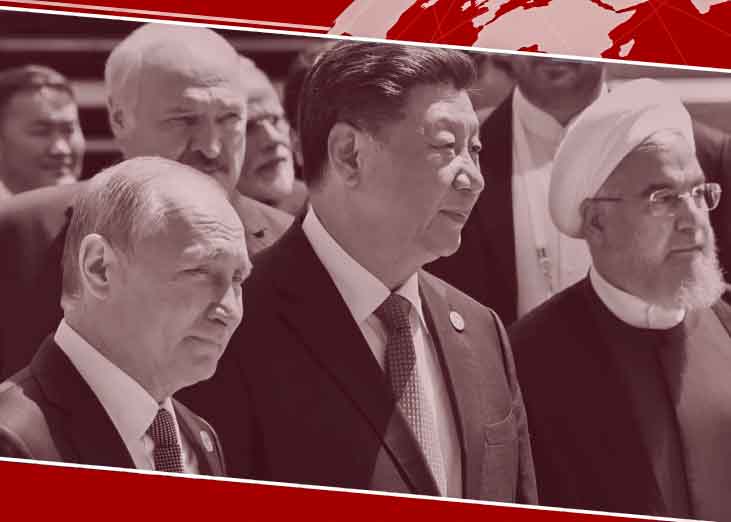The NATO summit, held in Washington from July 9-11, occurred amid the alliance’s 75th anniversary and significant geopolitical tensions. The outcomes were mixed, particularly regarding critical issues like Ukraine’s potential membership.
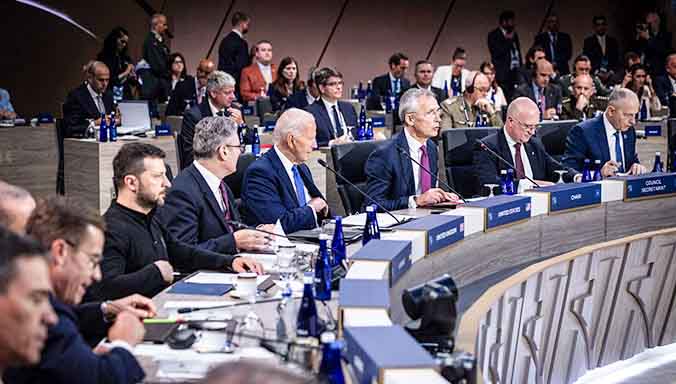
NATO Summit 2024 (Source: NATO)
The member states issued a joint declaration that underlines their commitment to military alliance and long-term support for Ukraine in the face of Russia's invasion. The communiqué also vaguely announces support for Ukraine on its "irreversible path to full Euro-Atlantic integration, including NATO membership."
The summit took place during a period of heightened Russian aggression, as exemplified by the bombing of a hospital in Kiev and the issuance of an arrest warrant for Alexei Navalny's wife. Putin's actions are a deliberate provocation. In addition, the Indian prime minister's visit to Russia — which, let us add, ended unexpectedly abruptly — complicated the geopolitical landscape.
Summit Results
The alliance has launched its most comprehensive defense plan since the Cold War, according to outgoing NATO Secretary General Jens Stoltenberg. It includes mobilizing more than 500,000 "high-readiness" forces, strengthening and integrating air and missile defense systems, and cooperating with defense industries.
Named the biggest threats
Moscow poses the biggest threat to the security of alliance members. China has been identified as a key partner of Russia in its war against Ukraine through its significant support for the Russian defense industry. NATO has also accused Iran and North Korea of providing direct military support to Russia.Air Defense Support for Ukraine
One notable outcome was a commitment to strengthen Ukraine’s air and missile defense systems. U.S. National Security Advisor Jake Sullivan announced the deployment of five additional batteries and other defense systems to Ukraine. This support includes €40 billion in aid and $700 million for Stinger missiles and other defense equipment. The moves are intended to mitigate the effects of Russian missile attacks on Ukrainian cities and infrastructure.Ukraine’s NATO Membership
The summit reiterated that Ukraine has a wide-open path to joining NATO, but no specific timeline was provided. In his opening speech, President Biden emphasized the alliance’s commitment to Ukraine, but there remains some ambiguity about the duration and specifics of Ukraine’s accession process. The lack of clarity on this issue highlights the political complexity within NATO, especially with the upcoming U.S. elections casting doubt on the continuity of existing commitments.NATO’s Internal Dynamics The summit once again exposed NATO’s internal divisions. The United States and Germany were seen as the main opponents of immediate, decisive and concrete steps toward Ukrainian membership, in contrast to the enthusiastic support of countries like Poland. This division reflects the differing perceptions of geopolitical and strategic threats among NATO members. Quite simply, the further one travels away from Russia’s borders, the less one is concerned about the threats from the east. Canadian Prime Minister Justin Trudeau has called NATO “the strongest alliance in the world,” emphasizing the unity of 32 nations in the fight for common freedom, security and peace. Faced with pressure to increase defence spending, Trudeau has faced criticism, including from US lawmakers who have called on Canada to invest more heavily in its military, because despite its economic strength, Canada is far from meeting its defence spending targets.
Comparative Military Capabilities
The Ukrainian army, currently one of the largest and most experienced in Europe, demonstrates considerable capability despite lacking the advanced equipment of Western armies. The discussions highlighted Ukraine’s potential to strategically counter Russia if provided with adequate support and the freedom to fully employ advanced weaponry.NATO Defense Spending
There has been considerable attention paid to defence spending, with 23 of NATO’s 32 members having already met or committed to a defence spending target of 2% of GDP. However, the distribution and allocation of these funds remains a matter of dispute. There are calls for greater investment in critical warfighting capabilities and industrial capacities.Air and Missile Defense
The creation of a robust, integrated air and missile defense system to protect NATO and Ukrainian territories has been identified as a key priority. This system is crucial to deterring Russian aggression and ensuring the operational effectiveness of regional defense plans.
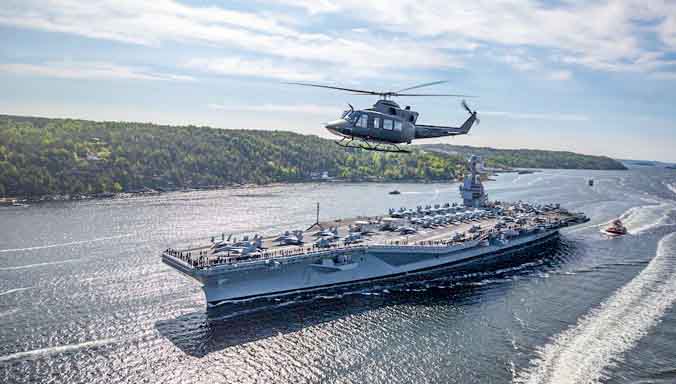
NATO aircraft carrier and helicopter. (Source: NATO)
Industrial and Defense Cooperation
The summit also stressed the need for enhanced cooperation between the European and American defense industries. This synergy is essential to rapidly increase production capacity and address deficits in key areas such as ammunition production.Uncertainty about the stability of the US administration
President Biden's speeches and gaffes at the NATO summit have added fuel to the fire of debate about whether he is even fit to continue in his role. As an example, he presented the president of Ukraine as... Putin. The upcoming US elections add an element of uncertainty. His main opponent in the November elections, former President Trump, has repeatedly announced that he would end the war immediately - and therefore at the cost of far-reaching concessions to Russia - and withdraw support for NATO. It is therefore unclear what direction US policy will take in the coming years, and potential changes in American foreign policy will affect NATO's long-term strategy.Women at War
During the summit, NATO approved an updated policy on women, peace and security that takes into account new threats, such as violence against women and the use of new technologies. The policy also addresses Russia's war against Ukraine and the threats it poses to women on the front lines.Global Partnerships
NATO invited partners from the Indo-Pacific region, including Australia, Japan, New Zealand and South Korea, to attend the summit, underlining the growing links between Euro-Atlantic and Indo-Pacific security.New Secretary General
During the summit, the North Atlantic Council decided to appoint Dutch Prime Minister Mark Rutte as the new NATO Secretary General, replacing Jens Stoltenberg. Rutte will take up his duties on 1 October 2024.
Challenges for the Future
The Summit discussions underlined the continuing strategic challenge posed by Russia and, as always, the importance of maintaining a unified and resolute stance.
Continued Support for Ukraine
Although the summit reaffirmed NATO support for Ukraine, ambiguity remains over its membership and the pace of military assistance. Providing Ukraine with the resources it needs to effectively defend itself is crucial to regional stability. From a Polish perspective, the better Ukraine defends itself, the more secure Poland is.NATO's Strategic Vision
A recurring theme was the need for a clear strategic vision for NATO's future. This includes not only military readiness and defence capabilities, but also the political will to collectively address emerging threats and challenges.Defense Spending
The alliance is increasing defense spending, putting more money into new purchases and research and development. Since the Biden administration took office, 23 allies have met their commitment to spending at least 2% of GDP on defense, although critics say some only qualified because of “creative accounting.” But what about the rest?
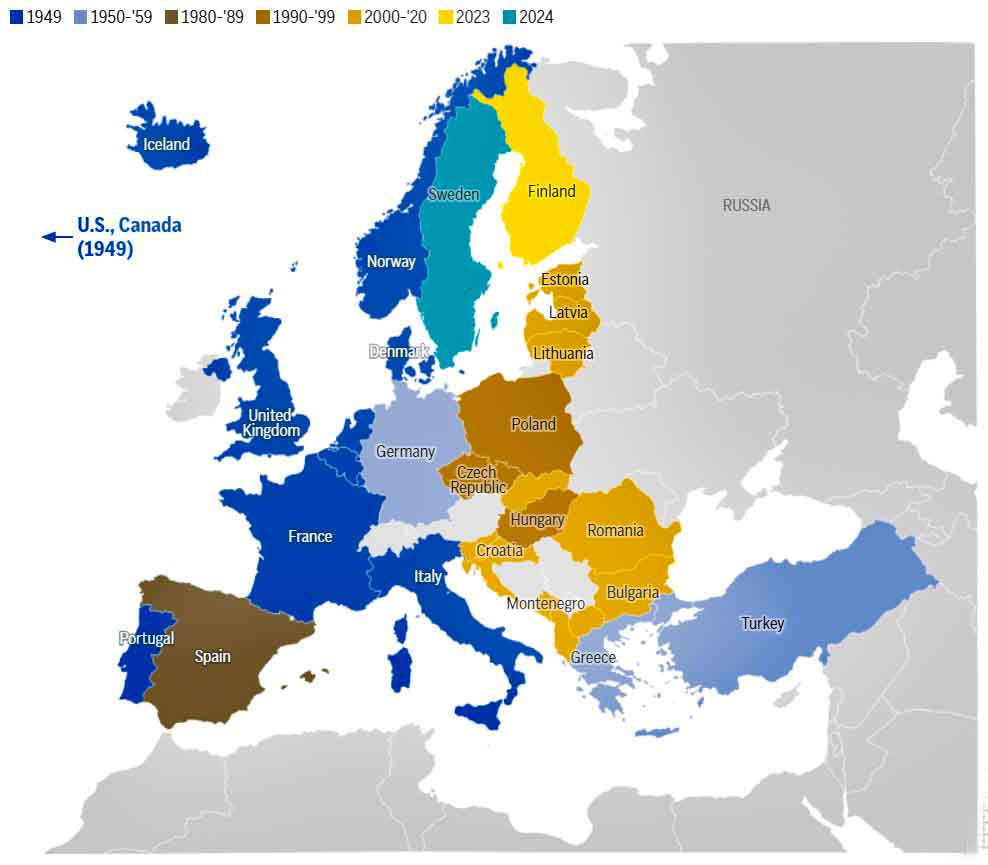
Map of European NATO countries (Source: NATO)
Summary
The NATO summit was a step forward in some respects, notably on defence commitments to Ukraine and domestic defence spending. However, the lack of a clear path to Ukrainian NATO membership and internal divisions within the alliance underscore the complexities and challenges that remain.
The White House released a document underscoring the summit’s significance, saying the alliance is stronger, bigger and better equipped than ever. President Biden reaffirmed the U.S.’s unwavering commitment to the transatlantic bond and Article 5 of the Washington Treaty — implicitly, at least through November. NATO adopted defense plans, ensuring allies are prepared to deter threats and defend “every inch” of NATO territory.
To what extent all these declarations and commitments will prove true and whether they will be enough to stop the imperial Russia, only time will tell.







